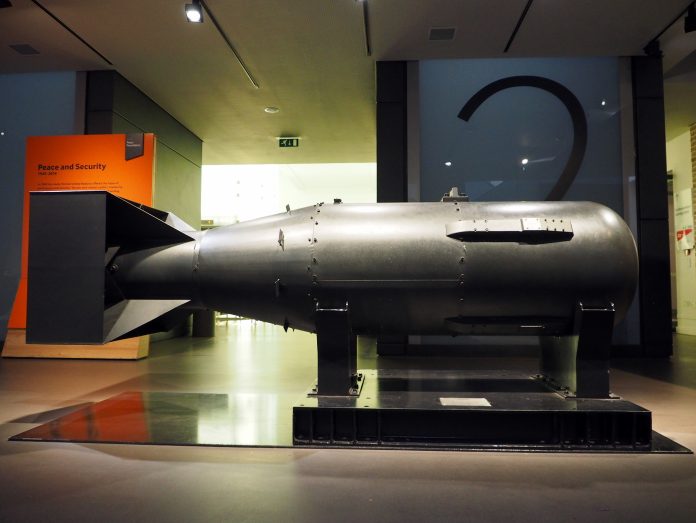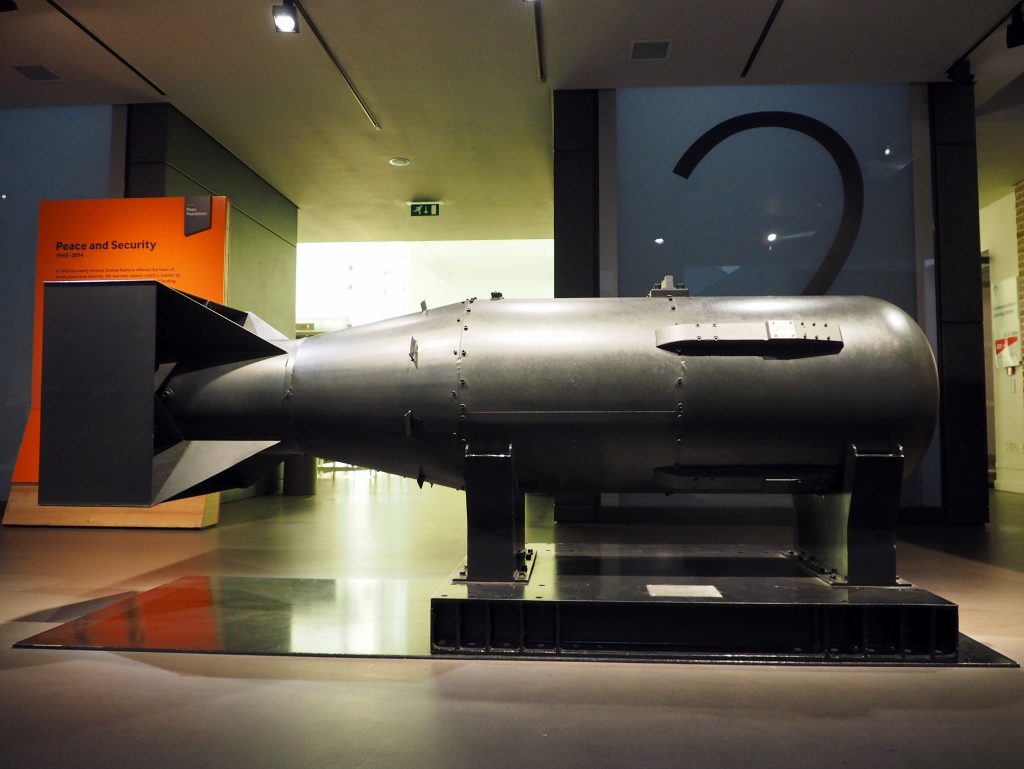
No one ever warned that the future would be vaporized in an instant, but on August 6, 1945, when the Little Boy bomb was detonated over Hiroshima, it did precisely that releasing not only destruction but a new system of technological warfare that would redefine global power and military strategy for generations to come.
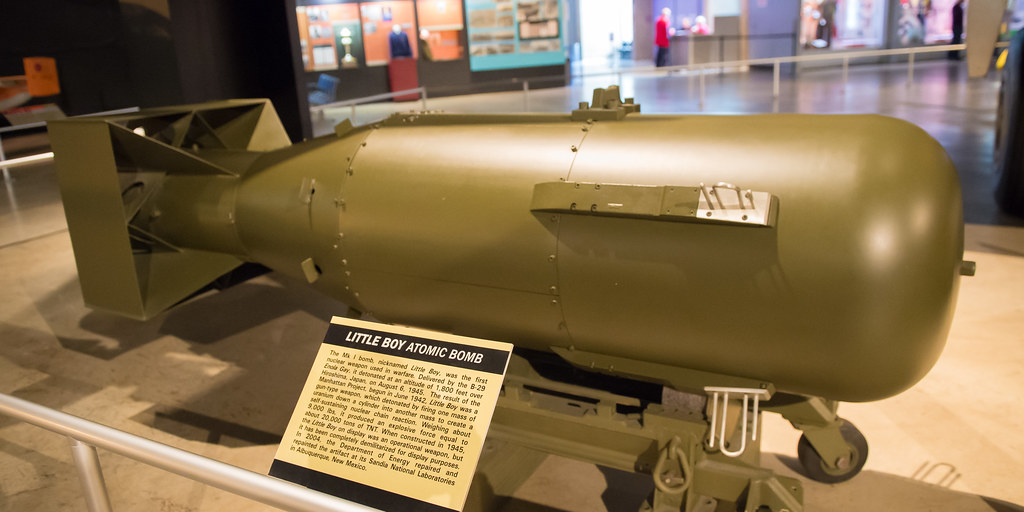
1. The Technical Anatomy of Little Boy
Little Boy was a gun-type uranium bomb, a de+63. sign that, though conceptually simple, required scrupulous engineering. The bomb employed two subcritical masses of enriched uranium-235 one as a “bullet,” the other as a “target.” When detonated, a conventional explosive launched the uranium bullet through a barrel into the target, bringing about a supercritical mass and a runaway fission chain reaction at a very rapid rate. The National Museum of the US Air Force states that, “‘Little Boy’ was a gun-type bomb, which exploded by shooting one mass of uranium down a tube into another mass to form a self-sustaining nuclear reaction.”

Little Boy weighed about 9,000 pounds and released an explosive power of 12.5 to 16 kilotons of TNT, detonating around 1,800 feet above the city. The tamper on the bomb a neutron reflector optimized the efficiency of the fission reaction, a feature Los Alamos scientists later developed from heavy ballistics and ordnance work on the gun-type bomb.
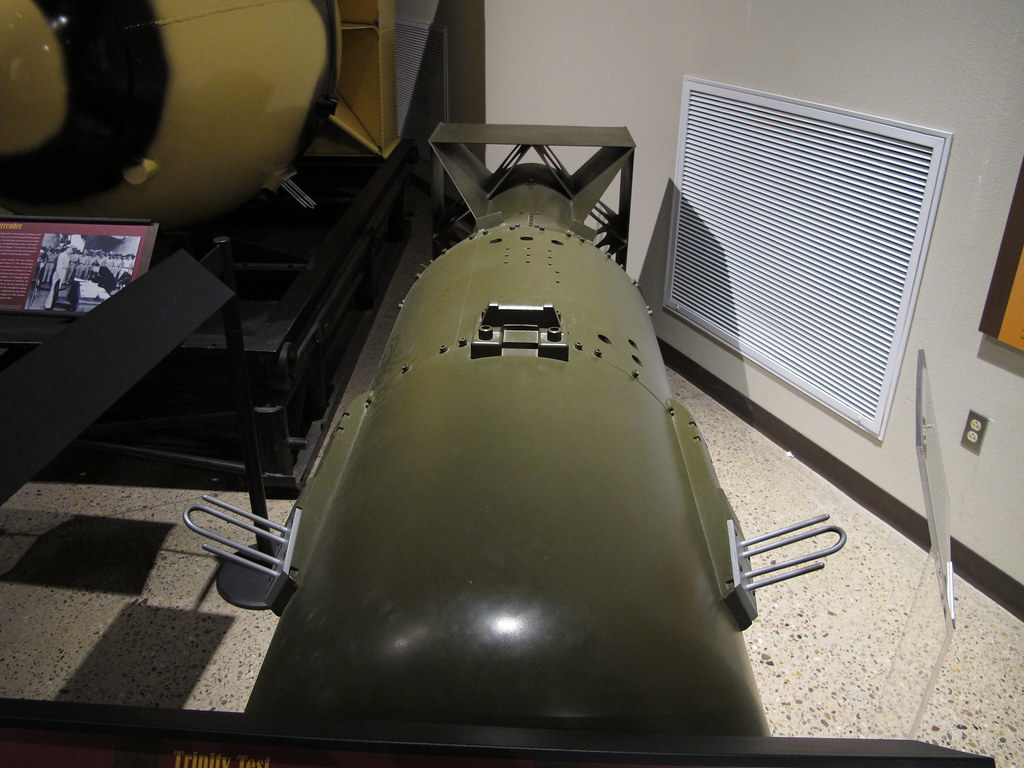
2. From Trinity to Thermonuclear: The Development of Bomb Design
From the Trinity test to Little Boy’s deployment was a journey through a whirlwind of innovation. The Trinity gadget, which was only three weeks before Hiroshima, employed an implosion type with plutonium a more sophisticated mechanism than Little Boy’s gun-type assembly. Such sophistication was required because plutonium-240’s spontaneous emission of neutrons rendered gun-type assembly impractical, a finding that compelled the Manhattan Project to divide its bomb designs between uranium and plutonium. The success of Trinity gave physicists enough confidence to go ahead with the untested Little Boy design against Hiroshima.
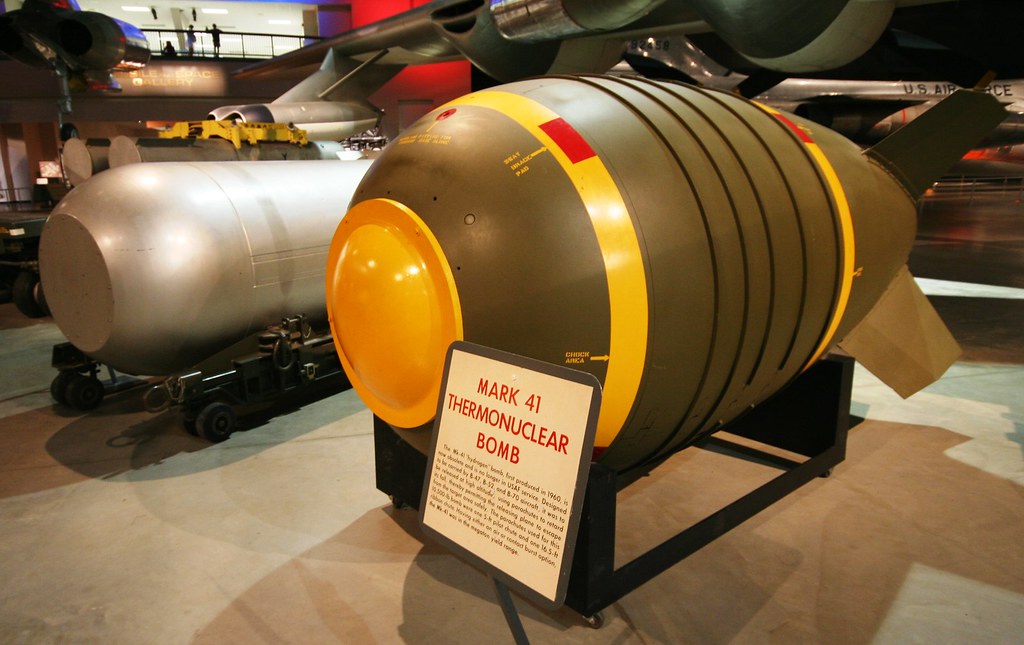
3. The Jump to Hydrogen Bombs and the Teller-Ulam Breakthrough
Seven years following Hiroshima, nuclear weapons were revolutionized with the arrival of the hydrogen bomb. The innovation here was the Teller-Ulam design, which consisted of a two-stage process: a fission bomb as an initiating primary, and a physically distinct fusion fuel secondary, compressed and burned by radiation from the primary. As outlined in a landmark report, “The two-stage radiation implosion design embodied in these reports, which developed into the contemporary thermonuclear concept, was later dubbed the Teller-Ulam design.” The first live test, Ivy Mike in 1952, produced 10.4 megatons 500 times the explosive energy of the Nagasaki bomb and consumed 82 tons of cryogenic machinery to maintain the liquid state of the deuterium fuel. Subsequently, the possibility of using solid lithium deuteride made lighter, deliverable thermonuclear weapons possible, as proven in the 1954 Castle Bravo test with 15 megatons of solid fuel.
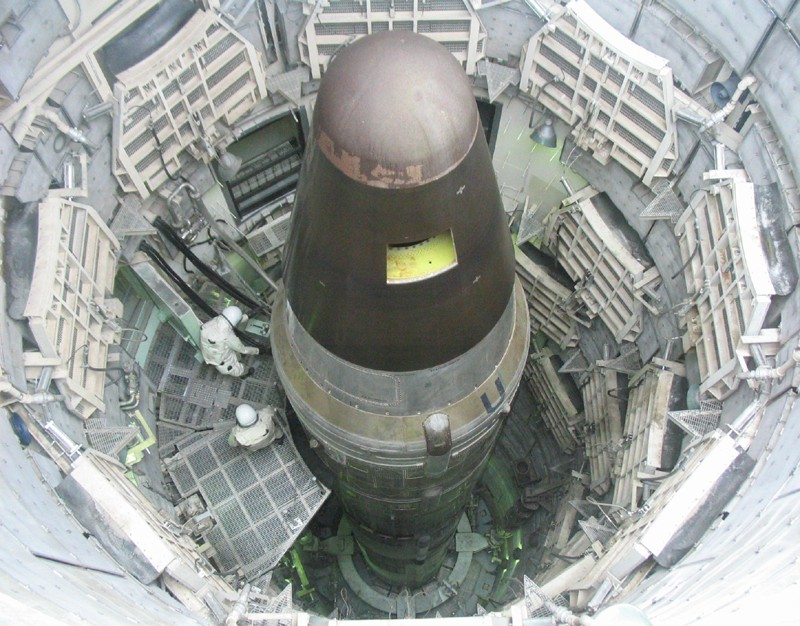
4. The Cold War Arms Race: Stockpiles and Delivery Systems
The Hiroshima and Nagasaki destruction lit a never-ending arms race. By 1961, the US stockpile reached its peak at 31,255 warheads, and Soviet stockpiles had reached 45,000 by 1986. Delivery systems went from the B-29 Superfortress used to drop Little Boy to intercontinental ballistic missiles and submarine-launched ballistic missiles. The US nuclear triad of bombers, ICBMs, and SLBMs was meant to provide second-strike capability and nuclear deterrence strategic flexibility. The B-52 bomber, which entered service in 1955, stretched range and payload, and the Minuteman III ICBM and Trident II D5 SLBM solidified as staples of US nuclear posture.
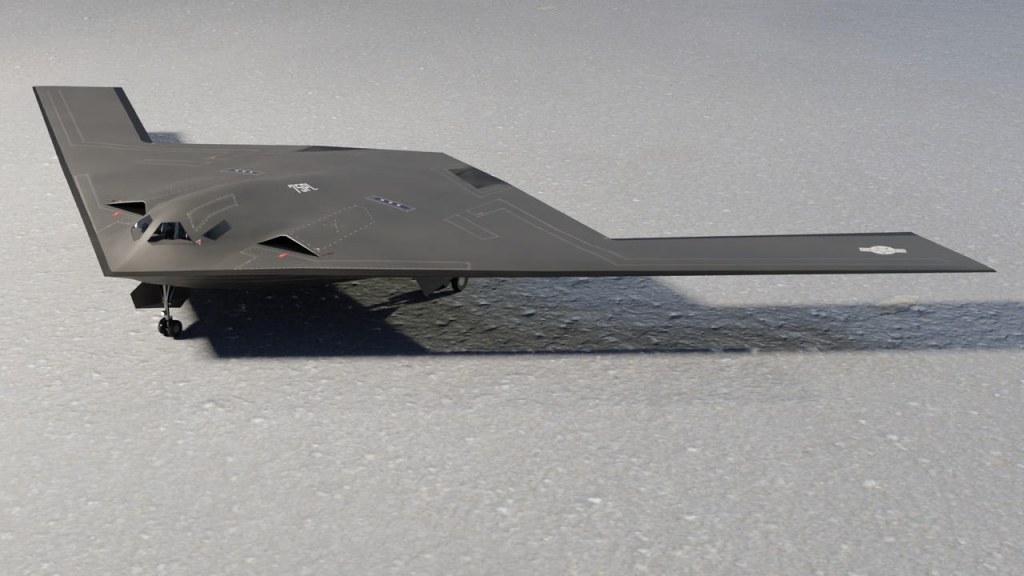
5. Modernization and Miniaturization: Contemporary Nuclear Stockpiles
Nine nations currently maintain nuclear arsenals, with the US and Russia controlling the bulk some 5,044 and 5,580 warheads respectively. Modernisation continues: the US is spending more than $1.5 trillion on new delivery vehicles, the Sentinel ICBM, Columbia-class submarines, and B-21 Raider stealth bombers. Warhead technology has been made smaller and more accurate, allowing for multiple independently targetable reentry vehicles (MIRVs) and tactical nuclear capabilities with yields from sub-kiloton to more than 100 kilotons in contemporary warheads. The newest warheads, including the W87-1 and W93, are designed with greater safety, reliability, and flexibility to accommodate future changes in delivery platforms.

6. Radiation Fallout and Dosimetry: Hiroshima’s Lessons
The consequences of Little Boy’s explosion gave the world its first full-scale case study in radiation effects. Sudden fatalities due to blast and heat were aggravated by radiation illness, with an estimated 90,000 to 120,000 deaths in Hiroshima by the end of 1945. Long-term follow-up studies by the Radiation Effects Research Foundation have carefully monitored cancer incidence, genetic impact, and non-cancer disease among survivors and their offspring. “Much of what has been learned today about the long-term health consequences of radiation has emanated from studies with those survivors,” says Richard Wakeford, a radiation epidemiologist. Dosimetry systems created to make individual exposures estimates have influenced international standards for occupational and medical radiation protection based on Hiroshima data.
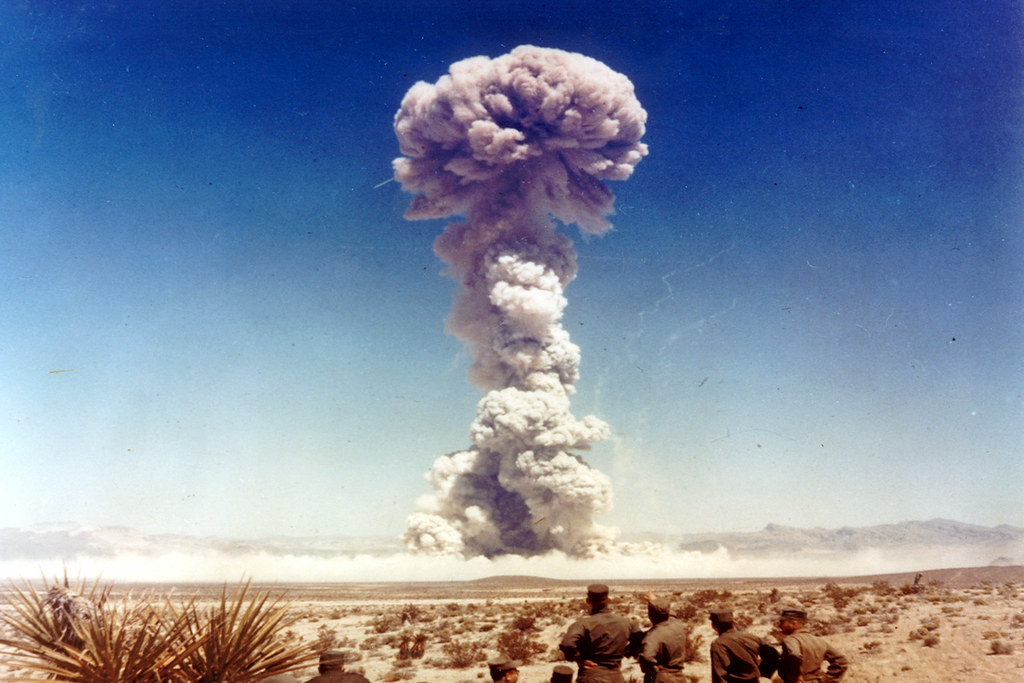
7. The Continuing Shadow: Global Risks and Ethical Legacies
Even with drawdowns of stockpiles following the Cold War, the threat of nuclear weapons is still near. Contemporary warheads are enormously more destructive and accurate than Little Boy, and having tactical nuclear possibilities at one’s disposal heightens the danger of outbreak. The environmental and humanitarian impacts of nuclear employment firestorms, radioactive fallout, and delayed medical effects are nowadays well known.
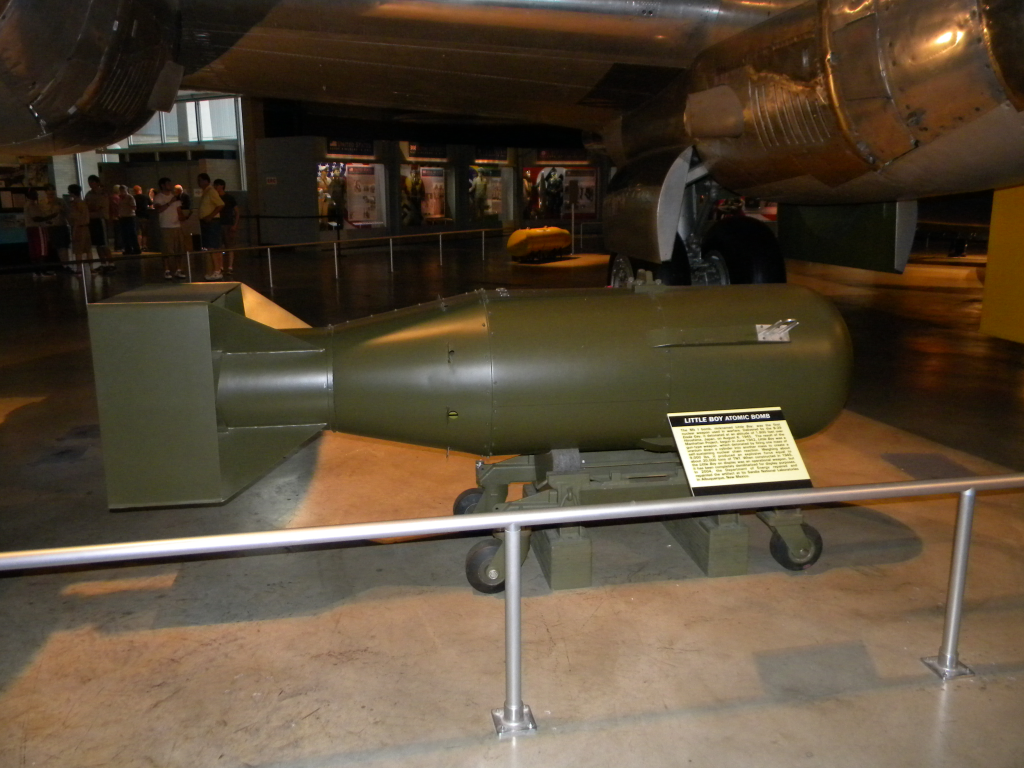
Experiences of the survivors and the scientific heritage of Hiroshima remain influential in shaping world nonproliferation and the moral argument about nuclear deterrence. The history of Little Boy is not merely an account of devastation, but of a technological milestone one that has continued to direct the science, strategy, and ethics of contemporary warfare.
